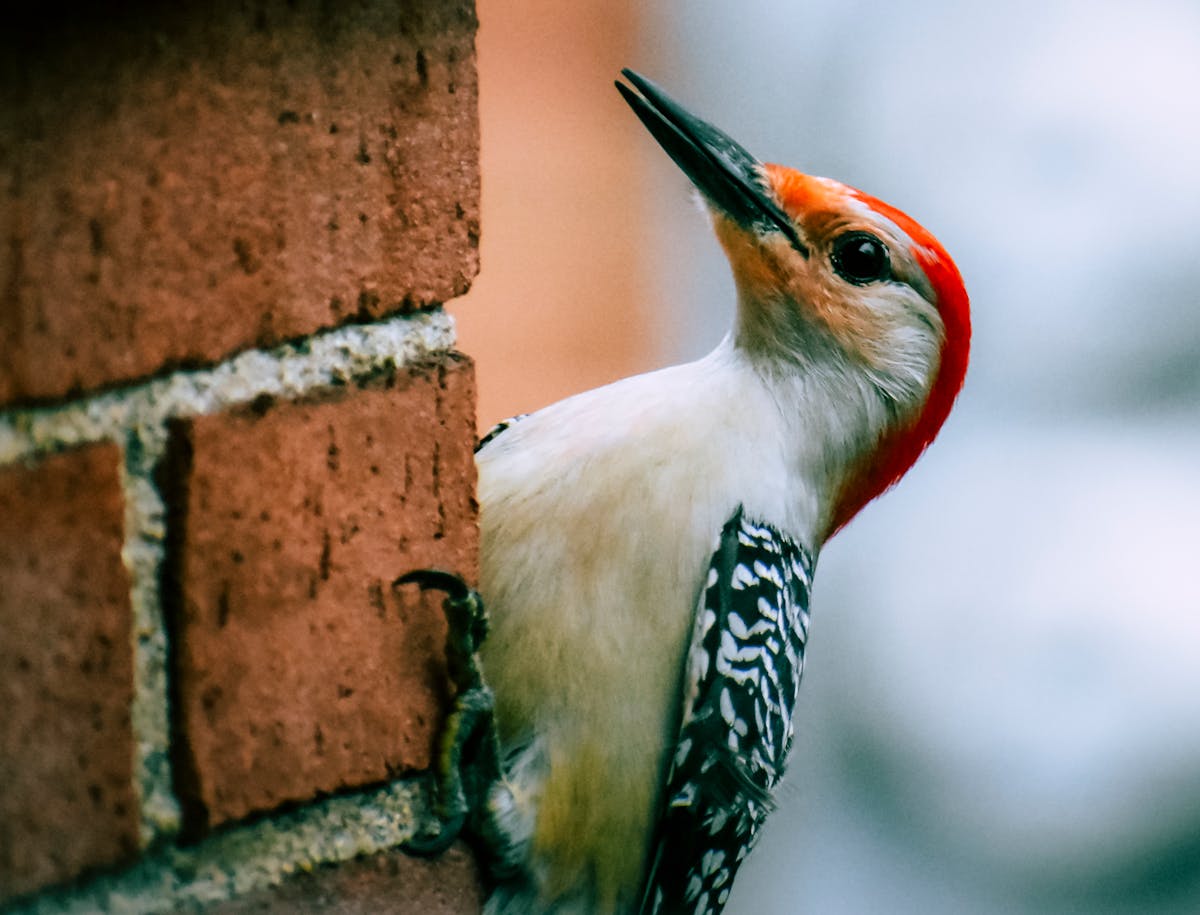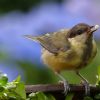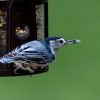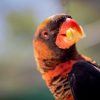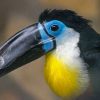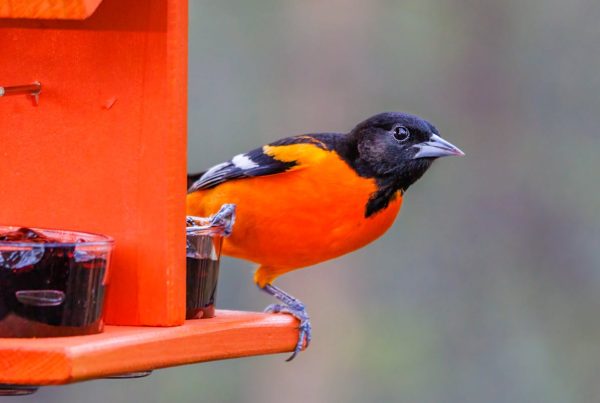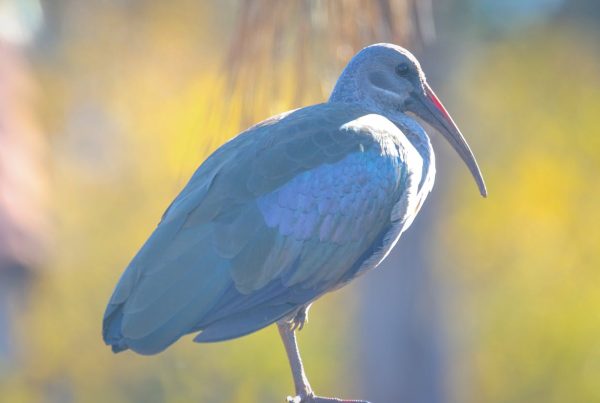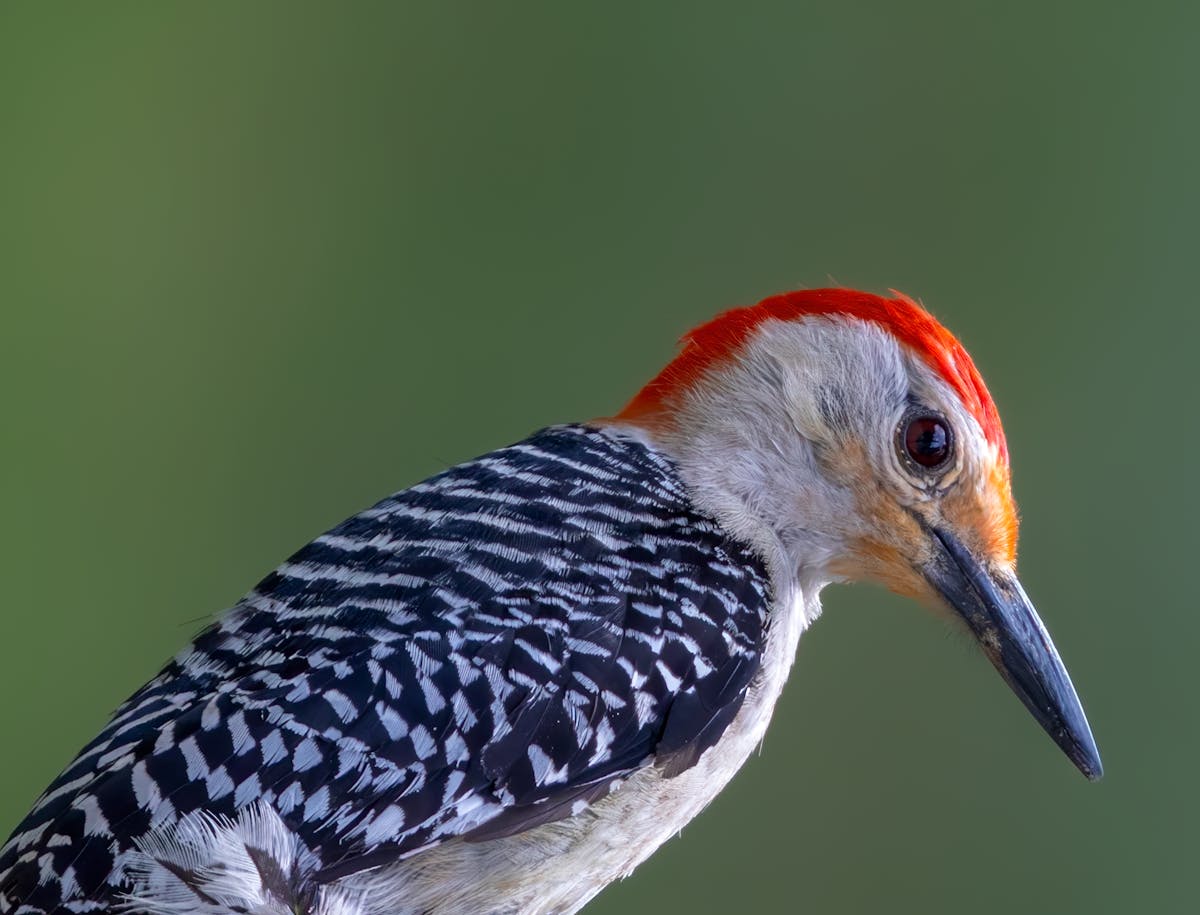
Red-bellied Woodpecker View
Red-bellied Woodpeckers are pale, medium-sized woodpeckers of eastern forests. The male’s strikingly barred backs and gleaming red caps are an unforgettable sight.
Time to ‘Fess Up & Taco Tuesday: Red-bellied Woodpecker
Adult birds are mostly light gray on their face and underparts; their back, tail, and wing have black and white barred patterns. Adult males have a red cap from the bill to nape; females one red patch on the nape and another above the bill.
The Red-bellied Woodpecker is mainly a Southeast bird, where its rolling calls echo through swamps and riverside woods. An omnivore and generalist, this woodpecker also adapted to life in suburbs and city parks and has in recent years been extending this range northward. Although it has the word “red” in its name, this individual is not in the field.
Basic Info:
- Scientific Name: Melanerpes carolinus
- Life Expectancy: 12 years (wild)
- Size: 9.0-10.5 inches
- Weight: 2.0-3.2 ounces
- Wingspan: 15-18 inches
Red-bellied Woodpecker Range and Habitats:
Red-bellied woodpeckers are medium-size forest birds that occur primarily in the eastern United States. As far south as Florida and as far north as Canada.
Red-bellied Woodpeckers are common in much of the Eastern woodland and forest, from mature oak and hickory forests to young hardwoods and pines. They often also venture out of forests to show up at backyard feeders. They are commonly seen close to woodlands, riverine areas, orchards, parks, open country, savannas, and grasslands with some scattered trees. More broadly, they prefer habitats with tall, ancient trees.
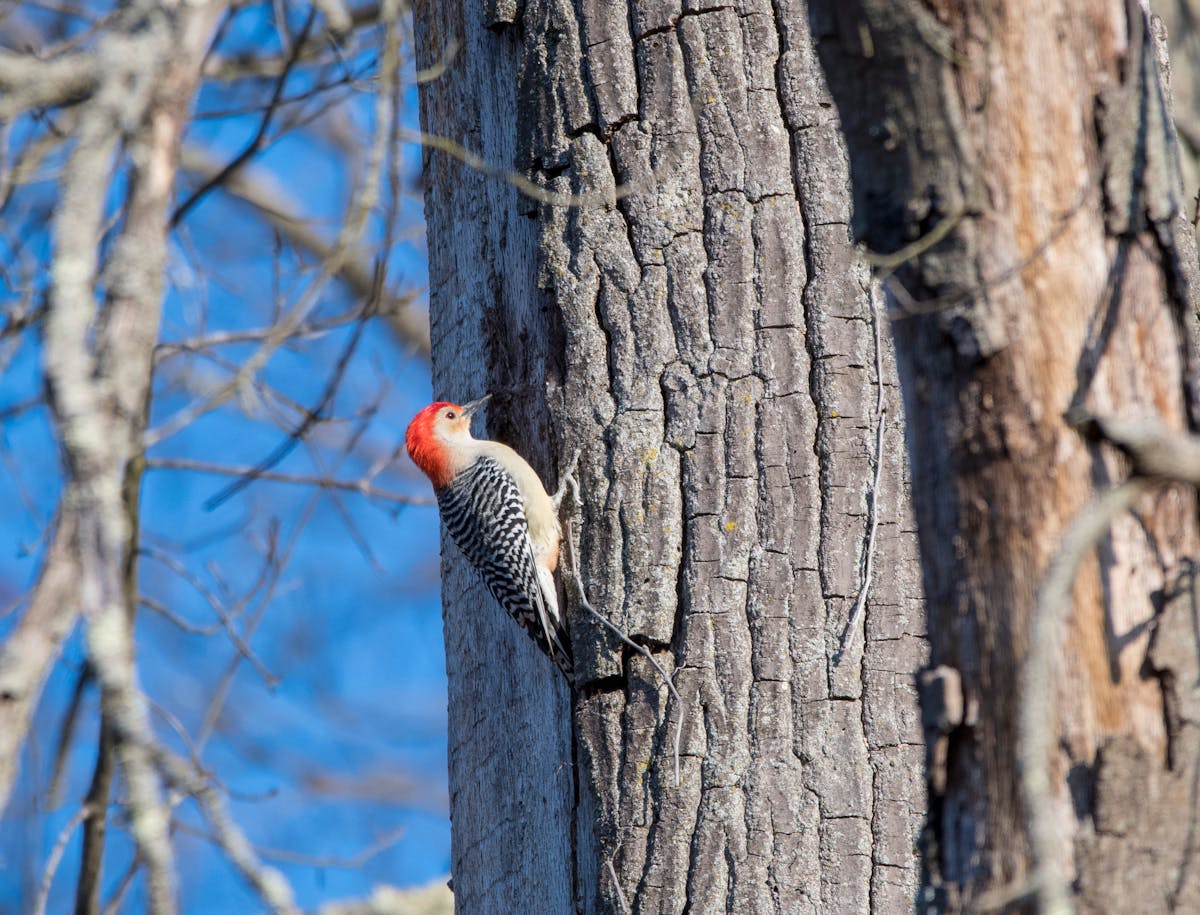
Red-bellied Woodpecker On Tree
In the backyard: Red-bellied Woodpecker
If you have feeder space, Red-bellied Woodpeckers add brilliant colors and amusing action. If you live close to such patches of woodland, you may be able to entice them to your yard through the use of feeders filled with suet (in wintertime), peanuts and sometimes sunflower seeds. They’ve also been seen sipping nectar from hummingbird feeders.
(This site includes a list of all of the woodpeckers in the area as well as the site setup, including a YouTube video on how to do it)
Red-bellied woodpeckers drum patterns in early May — slow taps followed by short bursts of rapid drumming — to initiate breeding activity. Red-bellied woodpeckers generate vocalizations for mating and courtship purposes. A low “grr, grr” is detected in a pair of woodpeckers during courtship initiation and ends after the breeding season. In a fight with one another, red-bellied woodpeckers typically emit a booming “chee-wuck, chee-wuck, chee-wuck.” Red-bellied woodpeckers are monogamous. They were even observed tapping on aluminum guttering on houses rapidly to make a loud noise to summon a mate. Woodpeckers rely on dead and decaying wood to nest. The male red-bellied woodpecker threats a nest hole. He will then get approval by mutual tapping from his mate. The red-bellied woodpecker drills holes in trees to nest and roost in.
Both sexes will nest in a tree (living or dead), a utility pole, or take possession of another species of woodpecker home. It’s the female that will lay 4 – 5 pure white eggs. An egg is laid each day until it has a full clutch. Approximately 24 – 27 days after hatching, the baby birds will leave the nest (fledge). A single brood may be raised in the north each season while two or even (rarely) three broods may be raised in the south.
In addition to the Red-bellied Woodpecker, there exist two distinct varieties of woodpecker, which are the Hairy Woodpecker (Picoides villosus) and the Downy Woodpecker (Picoides pubescens). You could check our blogs for more details regarding the blog Difference Between Hairy and Downy Woodpeckers.



